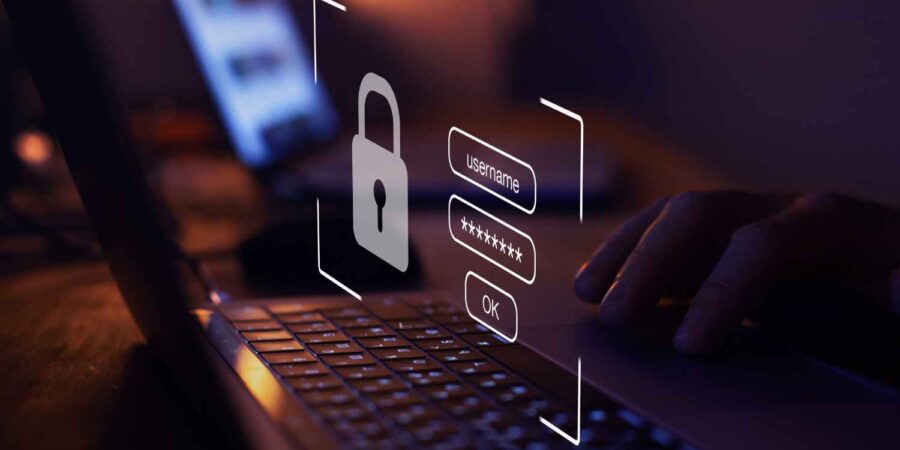The landscape of cybersecurity is ever-evolving, and as technology advances, so do the threats posed by cybercriminals. In a recent survey conducted by the Institute of Electrical and Electronics Engineers, concerns about cloud vulnerability and data center vulnerability topped the list for Chief Technology Officers (CTOs), Chief Information Officers (CIOs), and IT Directors. Here are the top five cybersecurity threats to watch out for:
1. Ransomware:
Overview:
- Ransomware attacks have become increasingly common, impacting over 72% of organizations globally in the previous year.
- Attackers gain unauthorized access to systems and demand large ransoms, costing businesses millions of dollars.
Risk Factor:
- Increased sophistication of ransomware tools.
- Growing number of targeted and successful attacks.
2. Data Poisoning:
Overview:
- Artificial intelligence (AI) and machine learning (ML) are exploited for cybercrimes through data poisoning.
- Attackers manipulate AI algorithms to compromise systems and data.
Risk Factor:
- Dual use of AI and ML for defense and offense.
- Challenges in distinguishing between legitimate and manipulated data.
3. Cloud-Based Attacks:
Overview:
- The number of attacks on cloud infrastructure has risen sharply, accelerated by the shift to remote work during the Covid-19 pandemic.
- Increased reliance on cloud-based solutions presents new security challenges.
Risk Factor:
- Businesses need robust security strategies for cloud services.
- Growth in global end-user spending on public cloud services.
4. AI-Based Attacks:
Overview:
- AI is employed both for enhancing cybersecurity defenses and for orchestrating complex attacks.
- AI-driven techniques identify vulnerabilities and patterns, aiding hackers in exploiting weaknesses.
Risk Factor:
- Detection of vulnerabilities using AI.
- Creation of sophisticated phishing attacks with AI.
5. 5G Attacks:
Overview:
- The adoption of 5G technology introduces new security risks.
- Potential for supply chain attacks on 5G infrastructure and increased connectivity of untrusted devices.
Risk Factor:
- Risks associated with untrusted vendors in the 5G supply chain.
- Increased likelihood of unsecured devices connecting to the 5G network.
Mitigation Strategies:
- Implementation of multi-factor authentication.
- Regular software updates and data backups.
- Training employees to detect and avoid cyber threats.
- Vigilance and adaptation to emerging cybersecurity risks.
As technology continues to play a central role in daily life, individuals and organizations must remain vigilant and proactive in implementing cybersecurity measures to safeguard against evolving threats. We always need to exercise caution while online and keep ourselves equipped with educational news and materials which can be found from Kalahari Kenya as well as keep tabs on what is happening around us.



Leave a Reply